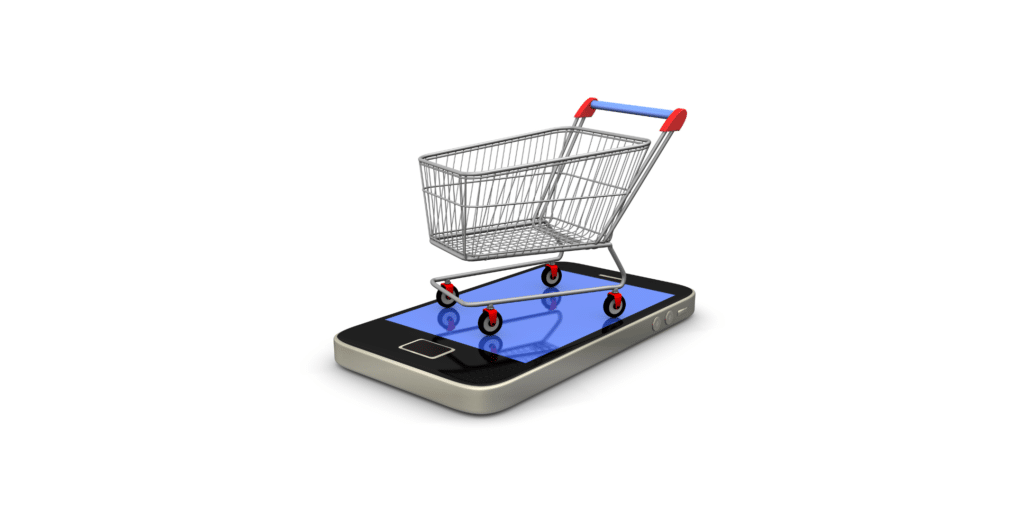¿Por qué no podés depender solo de las redes sociales para vender?

En el ecosistema digital actual, muchas marcas y emprendimientos inician su camino comercial en redes sociales. Es rápido, económico y, en principio, accesible. Publicás un producto, respondés mensajes, hacés algunas historias, y las ventas llegan. Pero ese modelo tiene un límite. Y ese límite aparece más rápido de lo que muchos creen. Las redes sociales […]
Lenguajes de programación que necesitás dominar en 2025.

El mundo de la programación evoluciona a una velocidad vertiginosa. Cada año surgen nuevas tecnologías, frameworks y, por supuesto, lenguajes que marcan tendencia. ¿Estás listo para liderar en 2025? En Lab9, sabemos que mantenerse actualizado es la clave del éxito en el desarrollo de software, diseño UX/UI y consultoría de innovación. Por eso, hoy te […]
Tips de usabilidad para optimizar tu tienda online.

Llegó esa época mágica del año en la que las personas buscan regalos para sus seres queridos, aprovechan ofertas y llenan carritos de compras online. ¿Qué significa esto para tu tienda? ¡Oportunidad de oro para aumentar ventas! ❗Pero cuidado: si tu ecommerce no está optimizado, podrías perder una gran cantidad de clientes. Desde Lab9, sabemos […]
La Carlota x Lab9: diseño WordPress y SEO para el supermercado de carnes líder en Tucumán.

En Lab9, tuvimos la oportunidad de colaborar con La Carlota, uno de los supermercados de carnes más reconocidos en Tucumán, Argentina, que se destaca por su compromiso con la calidad en cada uno de sus productos. Este proyecto significó un desafío enriquecedor para nuestro equipo, ya que nos permitió aplicar nuestras especialidades en diseño UX/UI […]
M-Commerce: qué es, por qué crece y cuáles son sus beneficios clave para negocios.

El m-commerce o comercio móvil ha revolucionado la forma en que las empresas y los consumidores interactúan. Este concepto se refiere a las transacciones comerciales realizadas a través de dispositivos móviles, como smartphones y tablets. En este artículo, te explicamos qué es el m-commerce, por qué es una tendencia en auge y cómo puede beneficiar […]
